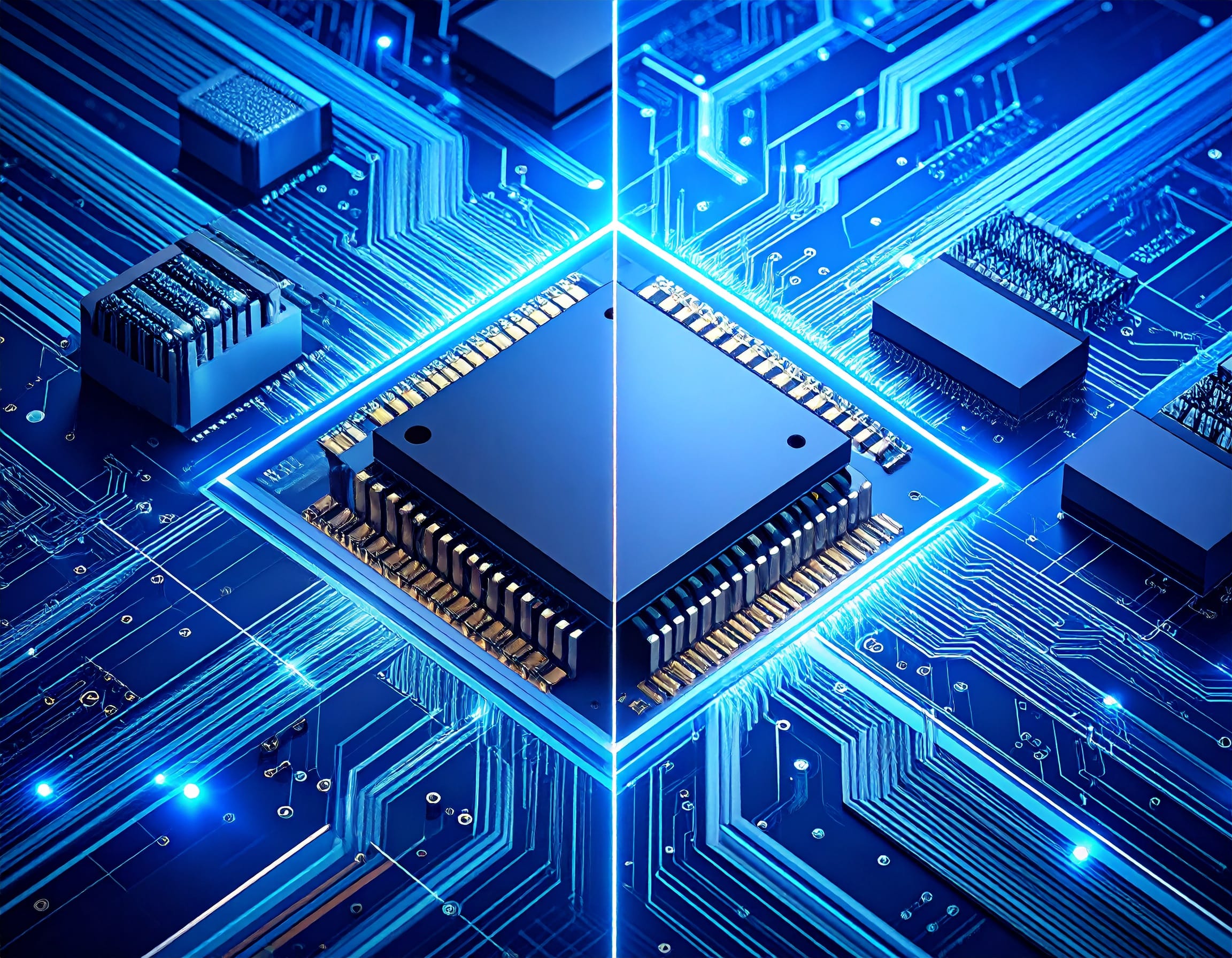Why FinFET? Understanding the Shift from Planar to 3D Transistors
As technology continues to scale below 22nm, traditional planar transistors are starting to reach their physical and electrical limits. That’s where FinFETs (Fin Field-Effect Transistors) step in — a game-changing solution that’s now the backbone of advanced chips in everything from smartphones to servers.
So, why FinFET? In this article, we’ll explore what makes FinFET technology so essential in today’s semiconductor design.
📐 What is a FinFET?
A FinFET is a type of 3D transistor where the channel is shaped like a vertical “fin” of silicon. Instead of the gate just sitting on top (like in a planar MOSFET), it wraps around three sides of the fin — top, left, and right, giving much stronger control over the current flowing through the device.
This structural change solves many of the problems that plagued earlier technologies, especially at smaller nodes.
✅ Key Advantages of FinFETs
🔒 1. Better Gate Control
With the gate surrounding more of the channel, FinFETs drastically improve electrostatic control. This means:
Less leakage current when the transistor is off
Sharper switching between on/off states
Better performance overall
⚡ 2. Reduced Short-Channel Effects (SCE)
As MOSFETs shrink, they start to suffer from effects like:
DIBL (Drain-Induced Barrier Lowering)
Threshold voltage roll-off
FinFETs help suppress these issues by allowing the gate to better control the short channel, which:
Improves reliability
Maintains consistent performance at small sizes
🔋 3. Lower Power Consumption
FinFETs perform well even at lower supply voltages (V<sub>DD</sub>), which is essential for:
Mobile devices
Low-power electronics
Battery-operated systems
Lower V<sub>DD</sub> = lower dynamic power and significantly less leakage current.
🚀 4. Higher Drive Current
Want more performance? Add more fins! FinFETs support multi-fin configurations, meaning:
You can increase the width (and current capacity) of the channel
Faster switching speeds
Greater flexibility for high-performance design
🔧 5. Excellent Scalability
Planar MOSFETs can’t keep up with today’s demands at 10nm, 7nm, or 5nm. FinFETs:
Scale well with technology
Provide consistent performance and power benefits
Set the stage for future innovations like GAAFETs (Gate-All-Around FETs) at 3nm and beyond
📊 FinFET vs Planar FET: A Quick Comparison
| Feature | Planar MOSFET | FinFET |
|---|---|---|
| Gate Control | Top only | 3D (top + sides) |
| Leakage | High | Low |
| Short-Channel Control | Poor | Strong |
| Drive Current | Moderate | High (multi-fin capable) |
| Power Efficiency | Lower | Higher |
| Scalability (22nm and below) | Poor | Excellent |
🧩 Why FinFET Matters
In today’s tech landscape, FinFETs aren’t just a new transistor—they’re a necessity. They offer:
Higher performance
Lower power
Greater reliability
The ability to scale for future nodes
That’s why leading foundries like Intel, TSMC, Samsung, and others use FinFETs as the foundation for modern chip designs.
🔁 Wrapping Up
FinFETs have become the default architecture for advanced semiconductors. As we push toward smaller and more powerful electronics, their role will only become more vital — until they’re eventually replaced (or complemented) by GAAFETs in the coming 3nm and 2nm nodes.
If you’re designing, simulating, or just learning about modern CMOS technology, understanding FinFETs is a must.


